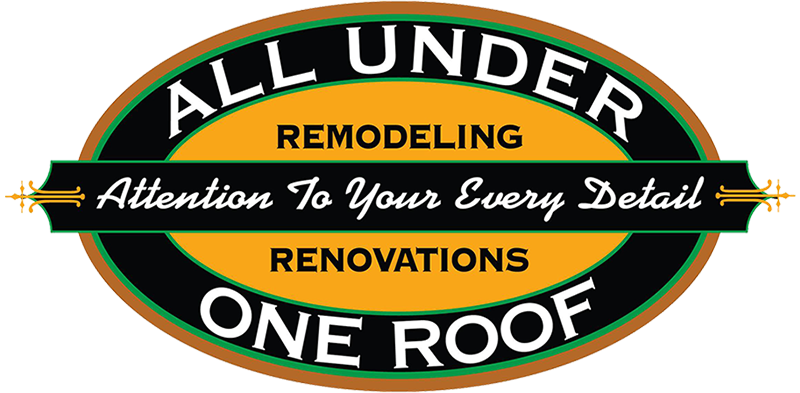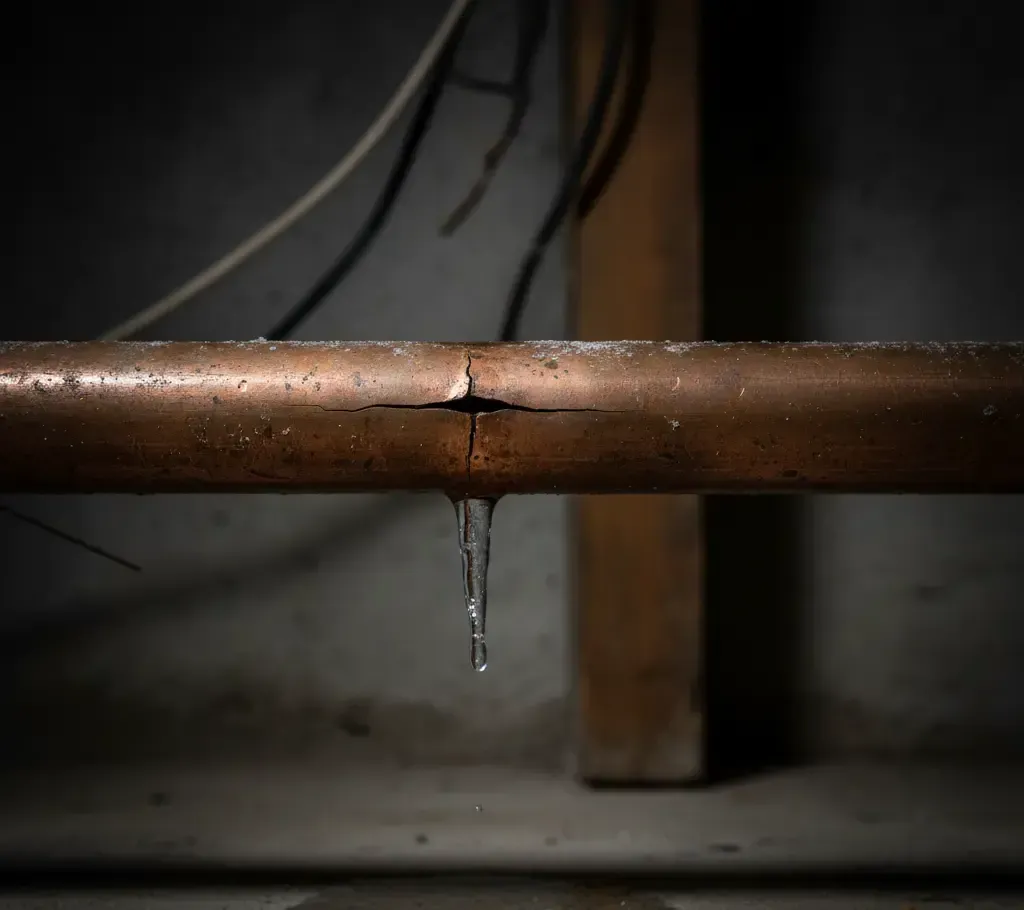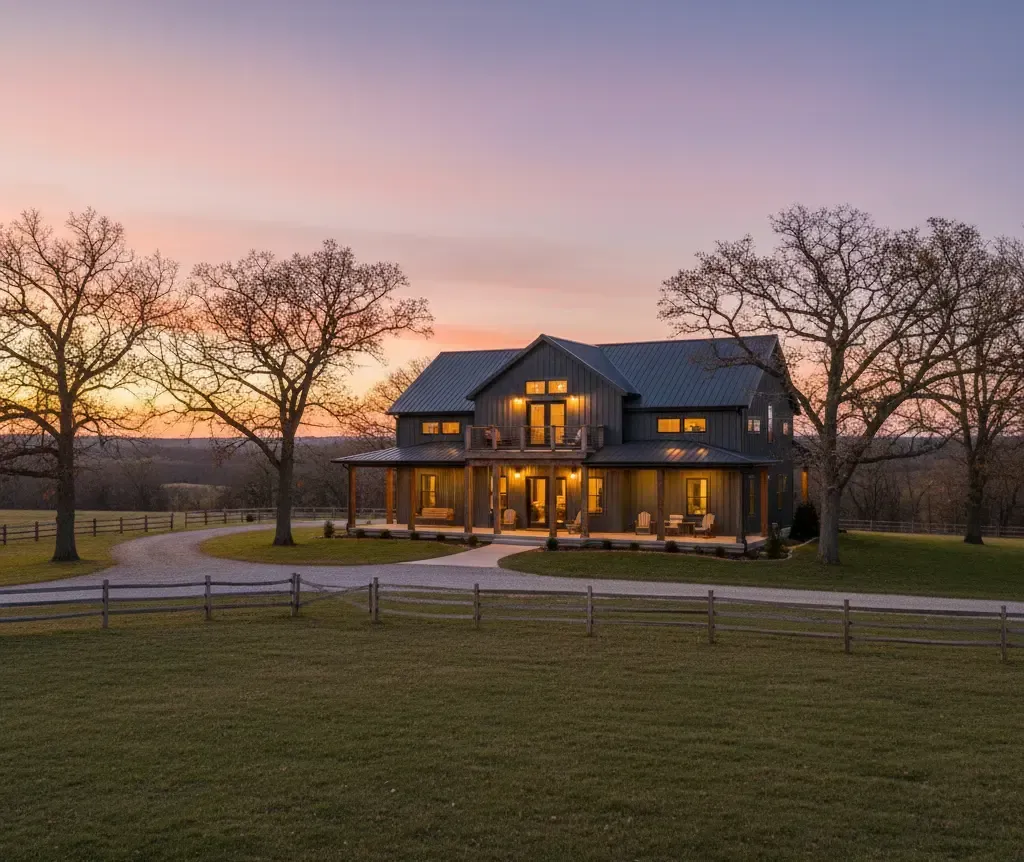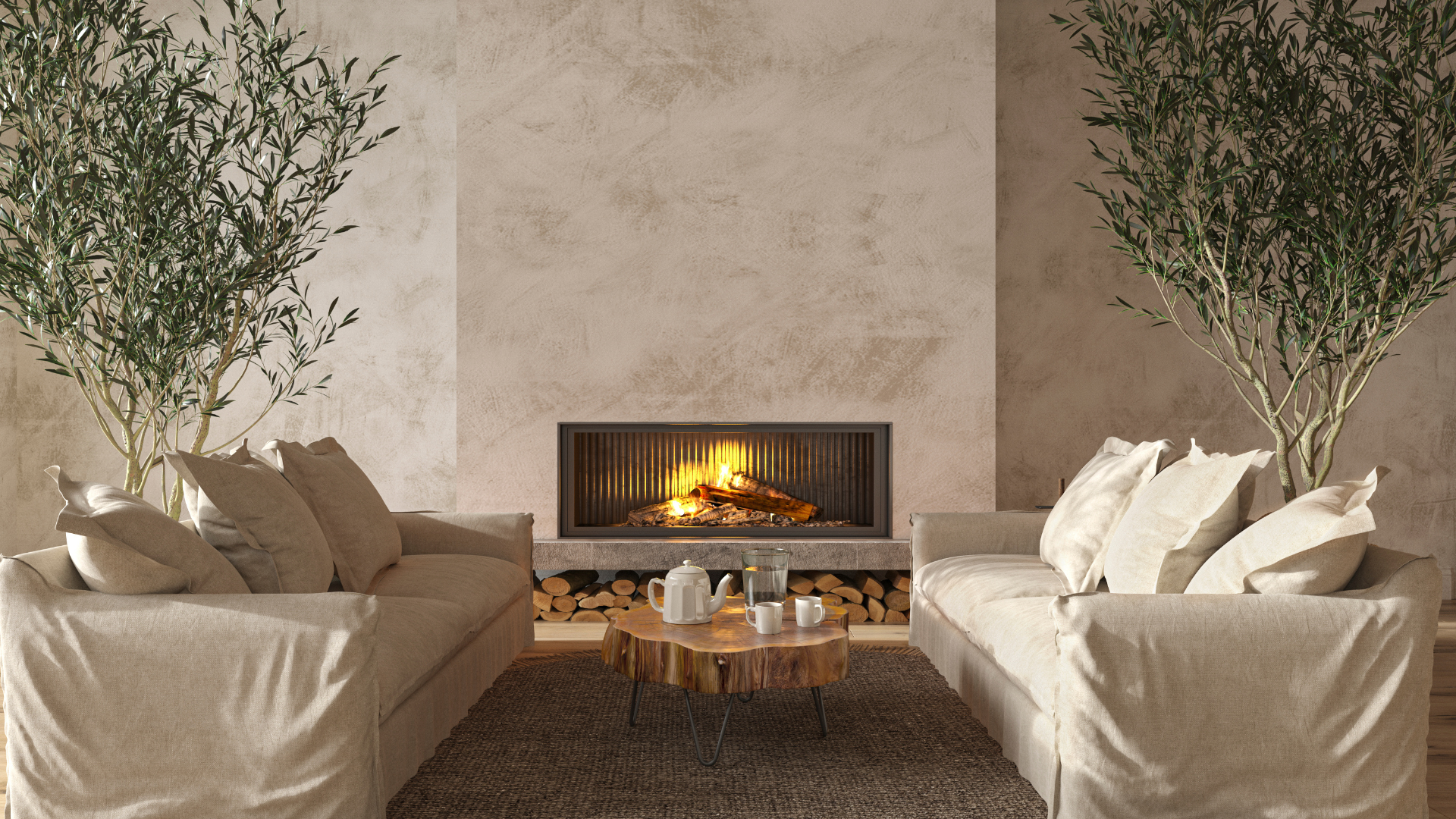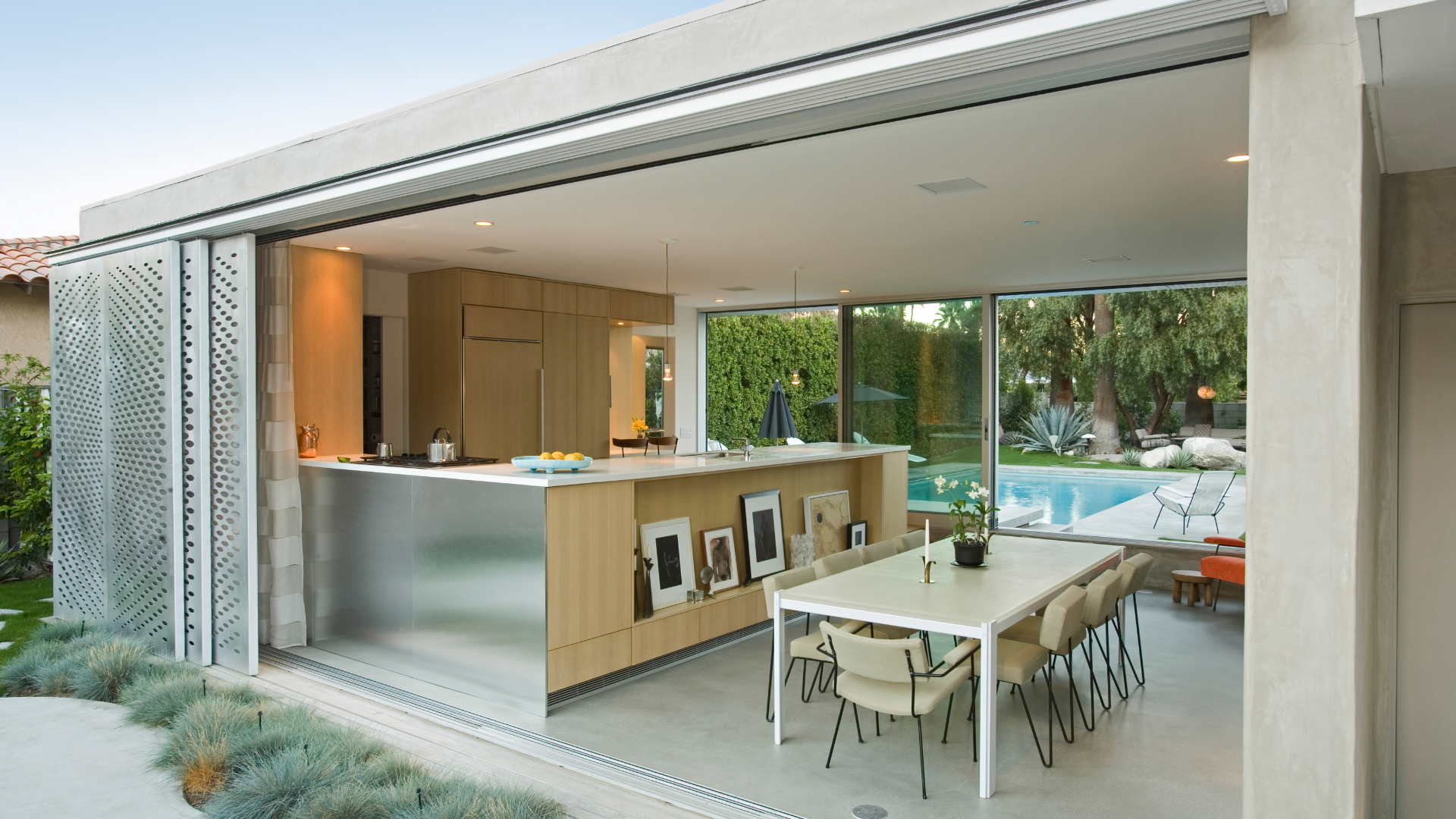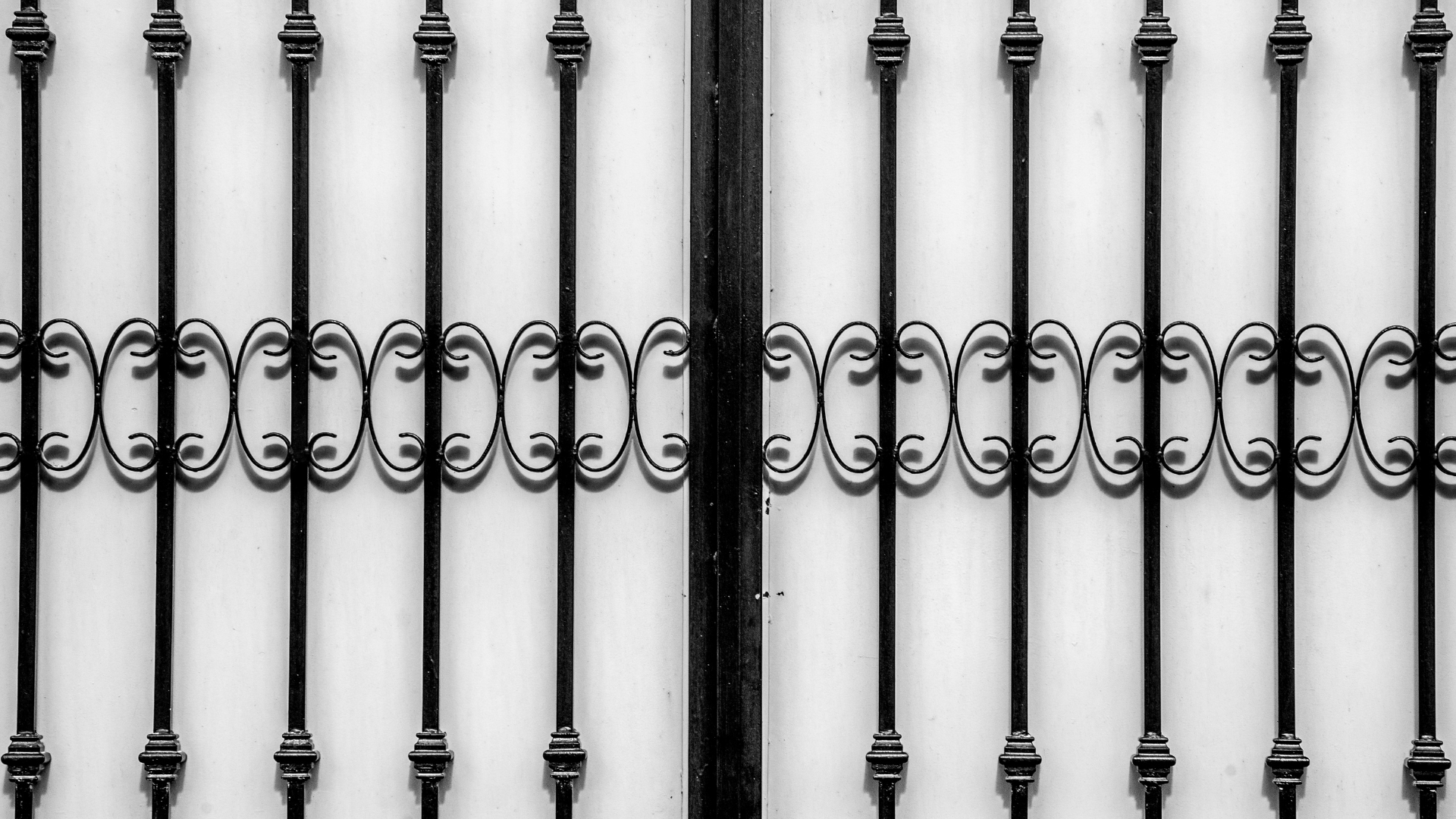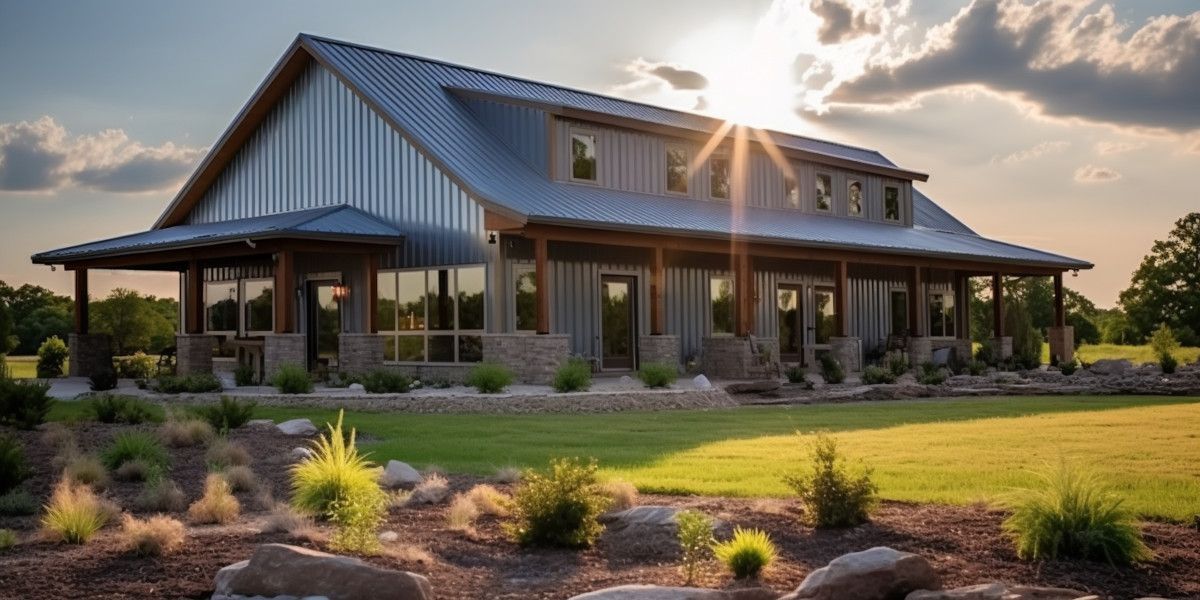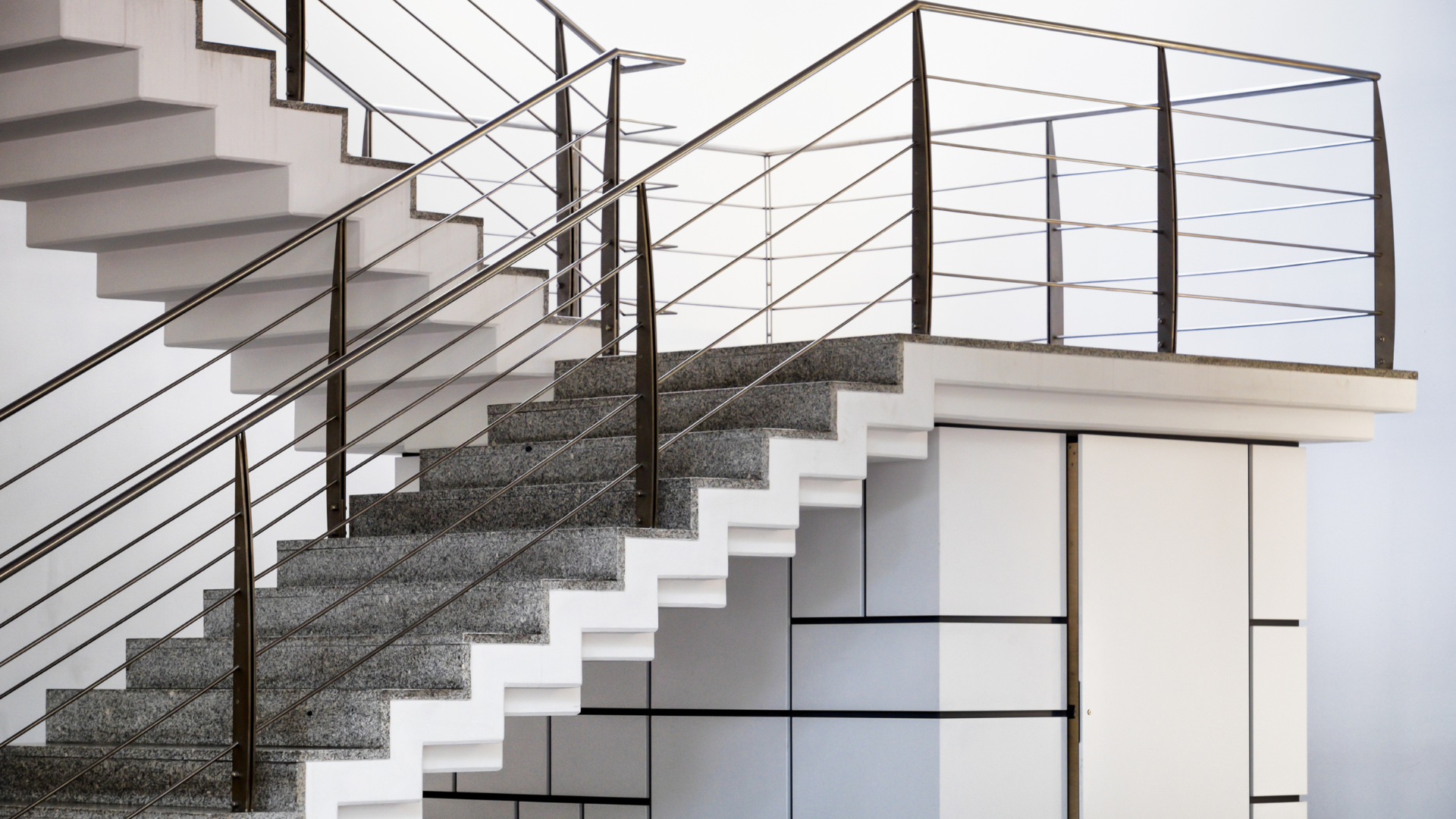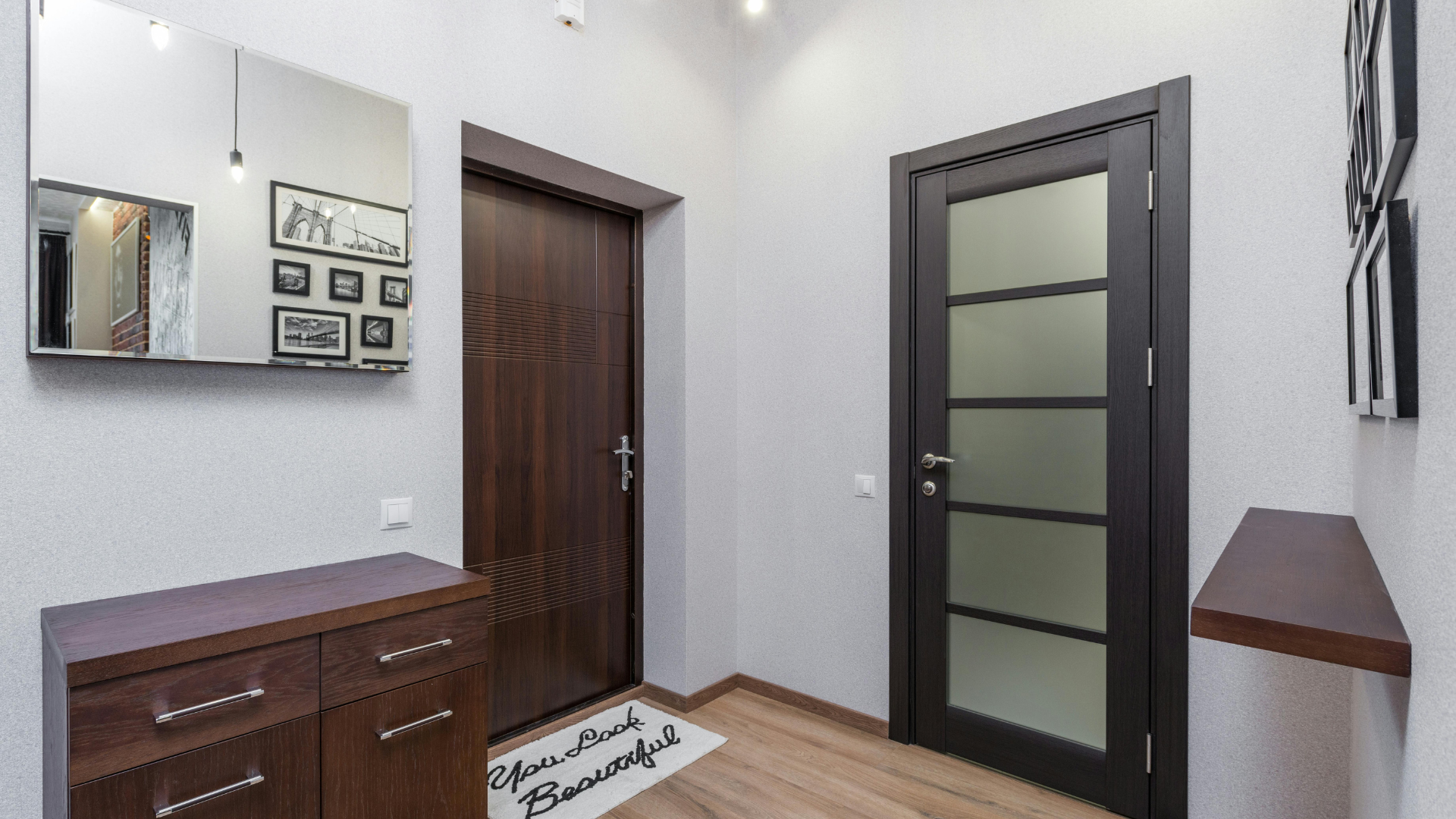Maximizing Home Equity: How Basement Refinishing Dramatically Increases Your Property Value
Picture your home as a sleeping giant. That dark, dusty basement sits there, full of old boxes and forgotten junk. Yet, it holds the power to boost your property value by thousands. Basement refinishing turns this forgotten spot into a bright, usable area. It's not the same as basic finishing, which just adds walls to a new build. Refinishing means revamping an existing space, fixing issues, and making it livable. You change a potential money pit into extra square footage that pays off big. This article shows you the real numbers and steps to see how basement refinishing adds value to your home. We'll look at costs, gains, and smart choices for the best return.

The Direct Financial Impact: Calculating Return on Investment (ROI)
Homeowners often wonder if spending on the basement is worth it. The answer is yes, when done right. A well-refinished basement can recoup 70% to 80% of its cost in added home value, based on reports from the National Association of Realtors. That's strong for any remodel. Let's break down how this works in real terms.
Understanding Appraised Value vs. Market Sale Price
Appraisers look at every inch of your house. They value above-ground rooms at full price per square foot. Basements get a discount, often 50% to 70% less if unfinished. But a refinished one? It closes that gap. High-quality work makes below-grade space feel just as valuable. For example, if your local market values finished space at $100 per square foot, an unfinished basement might only add $40. Refinishing pushes it closer to $80 or more.
Market sale price tells a different story. Buyers don't just read appraisals. They see the wow factor. A cozy basement family room can tip the scales in your favor during negotiations. Track your home's appraisal history to see the lift. In many areas, this upgrade alone raises the overall value by 10% to 15%.
Comparative Market Analysis (CMA) Advantage
Real estate agents use CMAs to set your selling price. They compare your home to similar ones nearby. An unfinished basement drags your comps down. It makes your house look less desirable next to ones with finished spaces. Refinishing lets you stand out. Your home competes in a higher bracket, pulling in offers from families who want more room without buying bigger.
Want to check this yourself? Look up local sales on sites like Zillow or Redfin. Note homes with refinished basements—they sell faster and for more. One study from Remodeling Magazine found such projects add about $30,000 to average home values in mid-sized cities. That's real money in your pocket.
The Cost Recovery Spectrum: High-End vs. Mid-Range Finishes
Not all basement refinishing costs the same. Basic jobs, like adding drywall and a simple floor, run $20,000 to $30,000 for 500 square feet. Mid-range adds features like a bathroom, costing $40,000 to $60,000. High-end? Think custom theaters or bars, up to $100,000.
The key is balance. Mid-range often gives the best bang for your buck. A home office or gym recoups more than a fancy wine cellar. Data shows functional spaces return 75% on investment. Luxe touches appeal to fewer buyers. Stick to what fits your neighborhood. If most homes have family rooms down there, go for that. You'll see quicker sales and higher offers.
Expanding Usable Square Footage: The Multiplier Effect
Your basement isn't just extra storage. It's untapped living space. Refinishing multiplies what you can do with your home. Suddenly, you have room for guests, work, or play. This boost in usable area directly lifts your property's worth. Buyers love homes that feel bigger without the bigger price tag.
Converting Basement Space to Above-Grade Living Standards
To make a basement feel like the main floor, start with basics. You need at least 7 feet of ceiling height in most places. Add egress windows for safe exits—they're a must for legal bedrooms. Good lighting fights that cave feel. Proper floors and walls seal out cold and noise.
Local codes define livable space. It must meet safety rules for light, air, and escape. Once done, you add it to your home's official square footage. This ups your property taxes a bit, but resale docs show the gain. Appraisers note it as finished below-grade, still adding solid value.
Creating In-Demand Functional Zones
What you turn the space into matters most. Post-pandemic, home offices top the list. A quiet setup with built-in desks draws remote workers. Family rooms come next—cozy spots for movie nights or play.
Other winners include:
- In-law suites for aging parents, or even rental units if zoning allows.
- Home gyms with rubber floors and mirrors.
- Media rooms for game days.
These zones match buyer needs. A gym might add $10,000 to value in fitness-focused areas. Pick based on your market. Survey neighbors or check listings to see trends.
Addressing Structural and Moisture Issues During Refinishing
Damp basements scare buyers. Water leaks lead to mold and repairs. Fix this first. Waterproof walls with sealants or drains. Add vapor barriers under floors.
See it as insurance for your investment. A dry space holds value better. Pros say waterproofed basements sell for 5% to 10% more. Inspections pass easier too. No red flags means smoother deals. Spend here to protect the rest of your work.
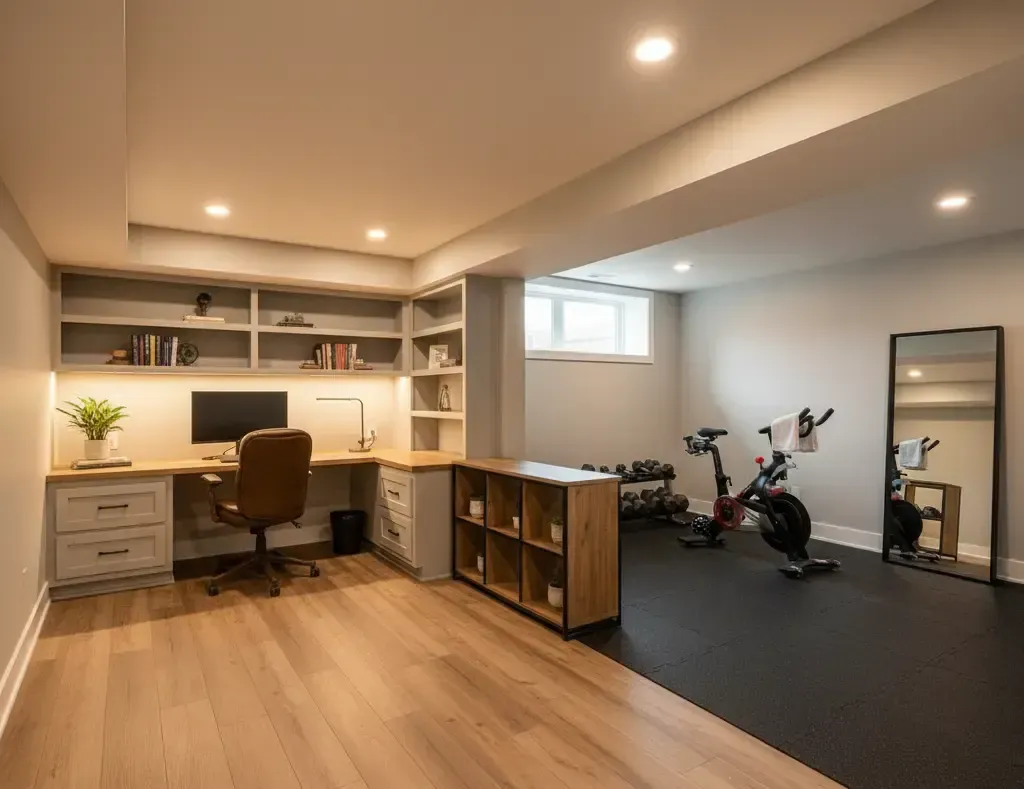
Enhancing Lifestyle Appeal: Attracting Premium Buyers
Buyers want more than square feet. They crave a home that fits their life. A refinished basement does that. It draws families, young pros, or empty-nesters. Premium touches make your place the one they fight over.
The Role of Aesthetic Quality and Finish Materials
Quality shows care. Skip cheap carpet that traps moisture. Go for luxury vinyl plank—it's tough and looks like wood. Custom shelves tie it to your upstairs style.
Durable picks last. Quartz counters in a wet bar resist stains. They signal a solid home. Buyers think, "This owner takes pride." That vibe adds thousands to offers.
Maximizing Natural Light and Ceiling Height Perception
Basements feel dark. Fight back with tricks. Paint walls light colors like soft gray or white. They bounce light around. Recessed LEDs mimic daylight.
Place windows high for views. Egress wells bring in sun without digging deep. For low ceilings, use slim fixtures. These steps make the space airy. Buyers linger longer, picturing their stuff there.
Adding Self-Contained Amenities (Rental Income Potential)
A half-bath changes everything. It makes the basement self-contained. Add a kitchenette for coffee or snacks. This suits multi-gen homes.
Zoning check first for rentals. A legal ADU could bring $1,000 monthly. Even without renting, it boosts appeal. Families see space for teens or guests. Value jumps 15% in some markets.
Future-Proofing Your Investment: Energy Efficiency and Longevity
Smart refinishing looks ahead. You want a basement that saves money and lasts. Focus on efficiency. It pays now and sells later.
Insulation Standards and Energy Savings
Insulate right. Rigid foam beats old fiberglass—it blocks cold better. Meet or beat local codes for R-values.
This cuts heating bills by 20%. Your home's energy score improves. Buyers notice lower utilities. It's a green sell that adds value.
Improving HVAC and Air Quality Management
Basements get stuffy. Add a dehumidifier to keep humidity under 50%. Zone vents control temp separately.
Clean air means no musty smells. HEPA filters help. Healthy spaces attract health-conscious buyers. Long-term, it prevents wear. Your remodel stays fresh for years.
Basements as Strategic Home Equity Growth Engines
Basement refinishing shines in three ways. It lifts financial value through better appraisals and sales. It expands space for real life. And it amps up appeal for top-dollar buyers. Done with care, this project returns more than most remodels—often 70% or higher.
Don't sleep on your basement. It's a key to growing your home's worth. Talk to a
local contractor. Get quotes and plan your zone. Turn that hidden spot into your best asset today.
